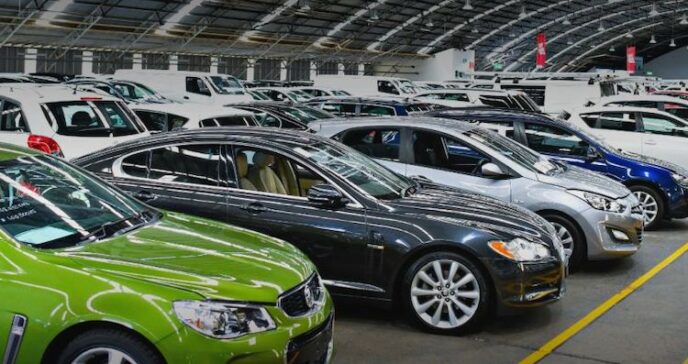
Moody’s Analytics has released its latest report on Australian used-vehicle prices which it says increased slightly in January, primarily driven by trucks/SUVs, while the prices of light vehicles remained mostly unchanged.
Despite this Moody’s Analytics maintains its forecast of a continuing downward trend in used-vehicle prices.
This is due to the expected increase in supply, the combined impact of high-interest rates and elevated inflation, eroding purchasing power, and the consequent softening of discretionary demand.
However, Moody’s Analytics says the recent Red Sea attacks arise as a new upside risk for used vehicle prices. Red Sea shipping attacks have significantly disrupted Europe-Asia trade, leading carriers to opt for the longer Cape of Good Hope route, thereby increasing transport costs.
This may result in delivery delays for new European vehicles in Australia, where they make up around 19% of the market, according to the Observatory of Economic Complexity. This situation has the potential to push up used vehicle prices.
However, Moody’s Analytics anticipate the Red Sea disruptions and the resulting freight rate hike to gradually decrease throughout the next months. The effect on vehicle prices should be minor, as companies with substantial margins might not entirely transfer these costs to consumers.
Meanwhile, the global vehicle supply continues to rise, contributing to the dynamics of the used vehicle market. As of August, the latest data point, Chinese auto production has grown 7.4% compared with the same period in 2022. Notably, this growth is 14.4% above the equivalent period in 2019, before the onset of the COVID-19 pandemic.
Similarly, Japan has experienced a 19.7% rise in vehicle production compared with 2022. However, in contrast to China, Japan’s production remains 9% below its 2019 levels.
Going forward, improvements in China’s domestic economy and returning global demand in the second half of 2024 will support the global supply of new vehicles. Growing new supply in Australia will put downward pressure on used-vehicle prices.
Moody’s Analytics projects a continued decline in prices within the used-vehicle market in Australia. However, this descent is expected to be less steep when compared with 2023, with the average market price predicted to fall an additional 8.1% after having declined 9.4% in 2023.
Risks to this forecast are largely skewed to the downside. Growth in several advanced economies has decelerated due to the swift application of rigorous monetary policies to address inflation. If the deceleration in either global or local economic conditions is more severe or prolonged than anticipated, this could suppress demand for new and used vehicles, leading to further price reductions.
Conversely, car prices can remain flat or even increase. If the anticipated slowdown in demand doesn’t materialise as rapidly as projected, prices in the used vehicle market could sustain their high levels for a period. Additionally, even though the production of new vehicles is on the rise, any decline in output or prolonged delays in delivery times could impose upward pressure on prices.








